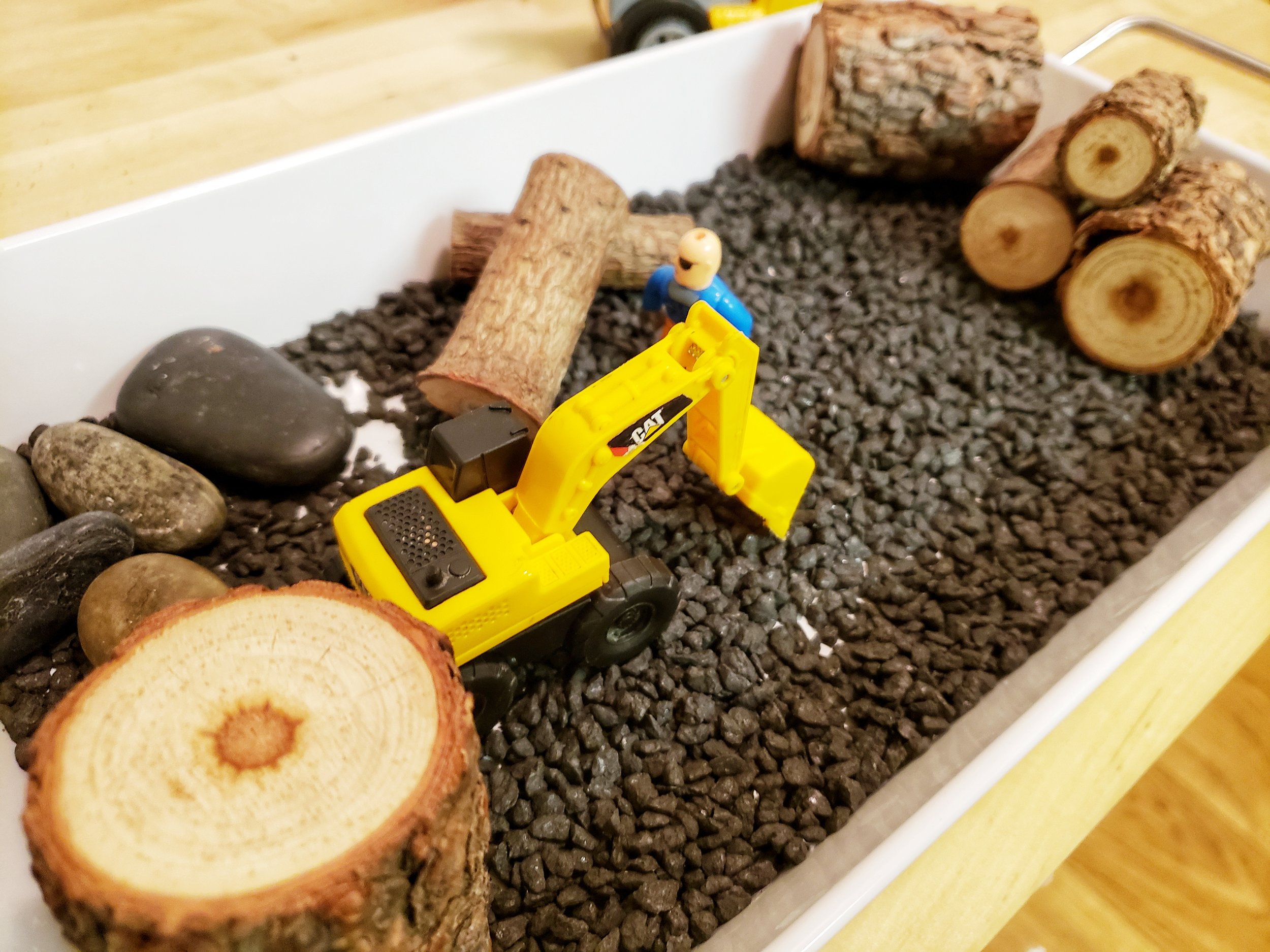
Preparing Your PreK Class for the Holiday Chaos
With the holidays fast approaching, a lot of teachers are probably seeing their classroom becoming more restless than usual. Here are a few ways you can prepare your classroom for the “holiday chaos”.

Spooky Themed Books Every Preschool Class Will Want
Halloween books that are sure to be a hit in your preschool classroom!

Easy Construction Worker Small World
Easy to make Construction Worker Small World/Sensory Bin for Preschoolers
